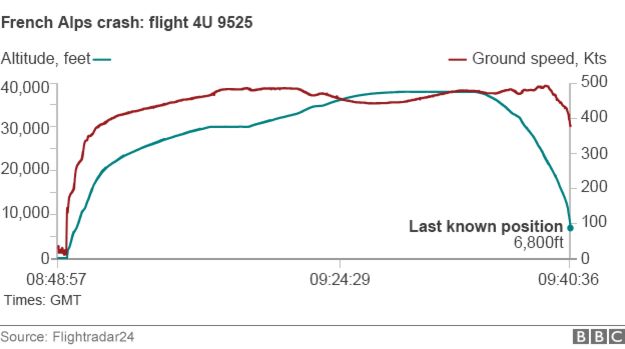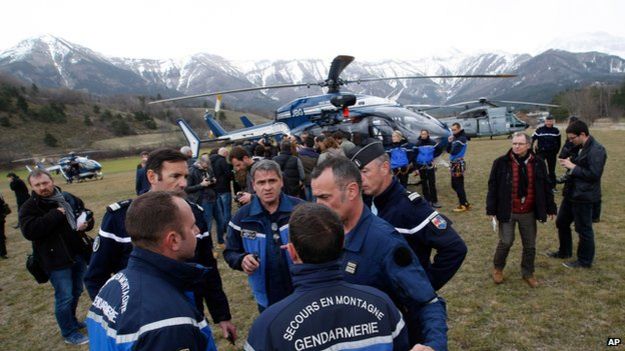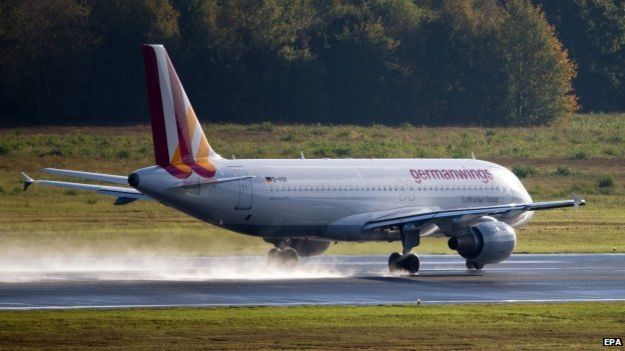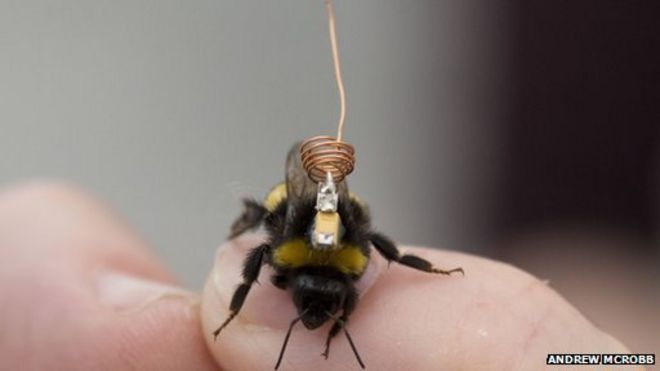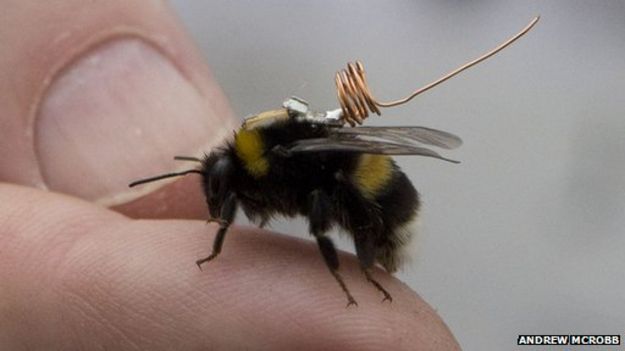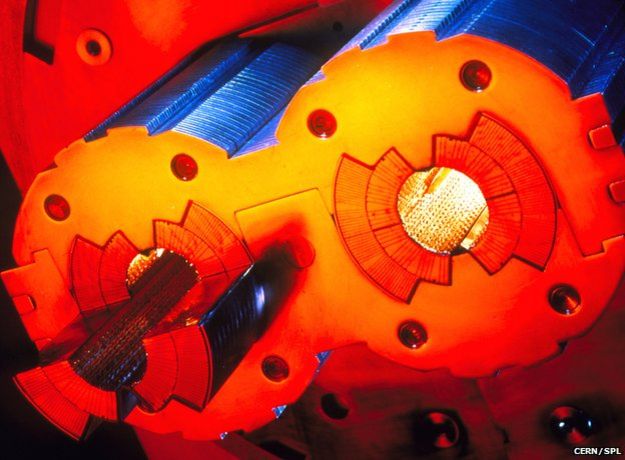A search and recovery operation is due to resume in the southern French Alps after Tuesday's crash of a Germanwings plane with 150 people on board.
Officials warn the operation could last for days in a remote mountain ravine between Digne and Barcelonnette.
The leaders of Germany and France are expected to visit the crash site.
The Airbus A320 - flight 4U 9525 - from Barcelona to Duesseldorf crashed after an eight-minute rapid descent, officials say. There were no survivors.
Officials believe 67 of those aboard the plane were German citizens, including 16 pupils returning from an exchange trip.
The officials say 45 of the passengers had Spanish names.
The flight was also carrying citizens of Australia, Turkey, Denmark, the Netherlands and Belgium. UK Foreign Secretary Philip Hammond said it was "sadly likely" that some British nationals were on board.
Germanwings, a low-cost airline owned by Germany's main carrier Lufthansa, has an excellent safety record. French, Spanish and German leaders have expressed shock.
'Picture of horror'
Using helicopters, a recovery team reached the site on Tuesday and later found the "black box" flight recorder - a key step in establishing what caused the crash.

Key points
- Weather reportedly good when A320 Airbus came down
- Plane descended rapidly but sent out no distress signal
- White House says no suspicion of terrorism


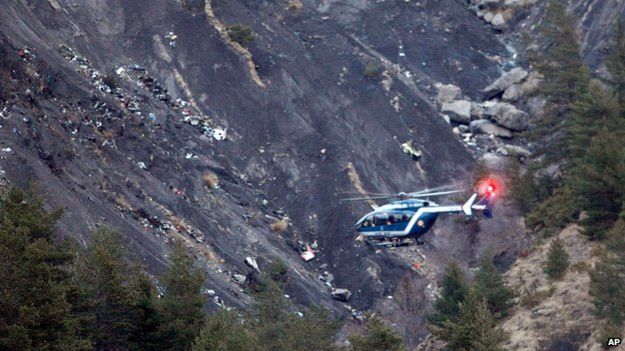
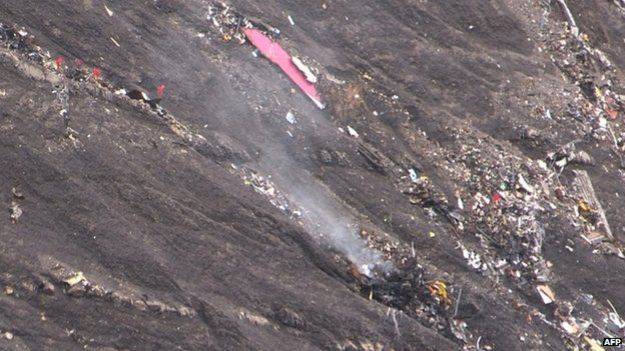
Rescuers also hoped to recover the cockpit voice recorder but their work had to be called off as the night fell.
French President Francois Hollande, German Chancellor Angela Merkel and Spanish Prime Minister Mariano Rajoy are expected to travel to the crash scene later on Wednesday.
Mr Rajoy has already declared three days of national mourning in Spain.
Footage shot from one of the helicopters on Tuesday showed small plane parts scattered on the rocky mountainside.
"The site is a picture of horror," German Foreign Minister Frank-Walter Steinmeier said after being flown over the ravine.
"Everything is pulverised. The largest pieces of debris are the size of a small car. No-one can access the site from the ground," Gilbert Sauvan, president of the general council Alpes-de-Haute-Provence, told the Associated Press.
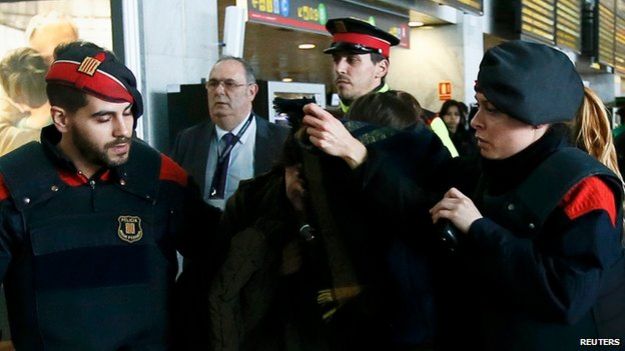
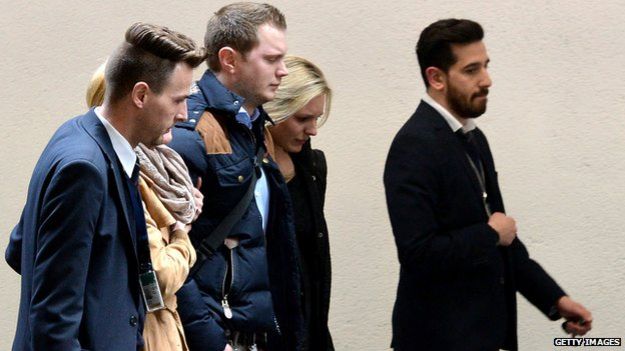
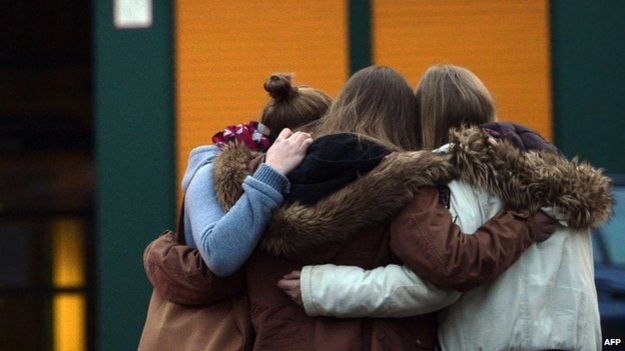
Sandrine Boisse, a tourism official from the ski resort of Pra Loup, told the BBC that she believed she had heard a strange noise in the mountains at around 11:00 (10:00 GMT).
"At first we thought it was on the ski slopes, an avalanche, but it wasn't the same noise," she said.

Analysis: Richard Westcott, BBC Transport correspondent
We know the aircraft went from a normal cruising height of 38,000 feet to crashing in the mountains in just eight minutes. One pilot told me that is twice the normal descent rate, but he also said that the aircraft is capable of coming down even more quickly and still being okay.
In an emergency, the pilots' first priority is to fly the plane, but as soon as they have some control they are trained to make an emergency call. That didn't appear to happen in this case, which suggests the pilots were coping with something so catastrophic they never had time to radio in a mayday, or turn to find the nearest runway.
It's still too early to know anything for certain, but that might point to both engines failing, a fuel problem or something critical breaking off the aircraft.

The plane began descending one minute after it reached its cruising height and continued to lose altitude for eight minutes, Germanwings managing director Thomas Winkelmann told reporters.
He said the aircraft lost contact with French air traffic controllers at 10:53 (09:53 GMT) at an altitude of about 6,000 feet.
The plane did not send out a distress signal, officials said.
The White House has said there is no evidence so far of a terror attack. A Lufthansa official said they were assuming for the time being that the crash had been caused by an accident.
The Airbus A320 is a single-aisle passenger jet popular for short- and medium-haul flights.
